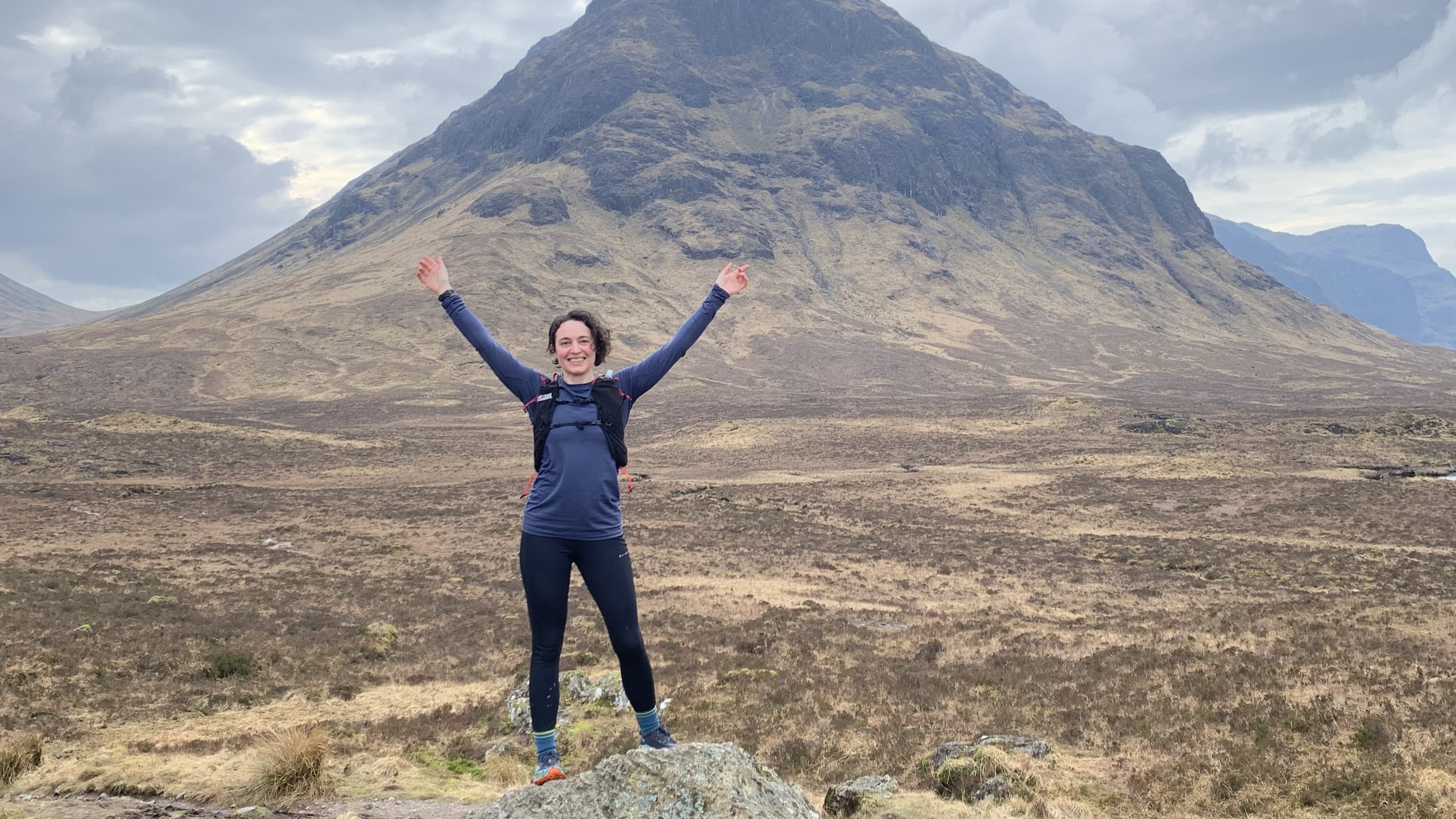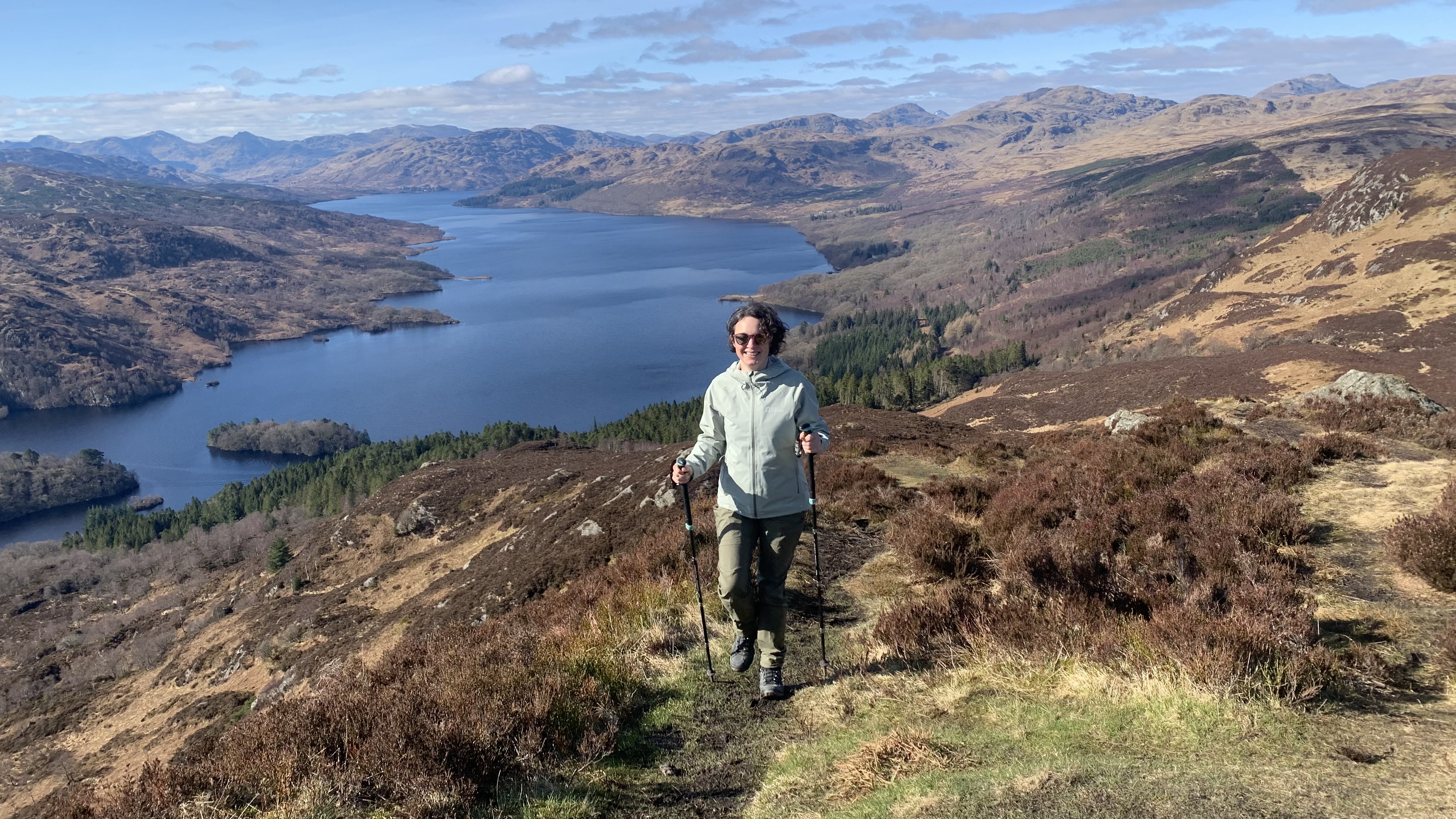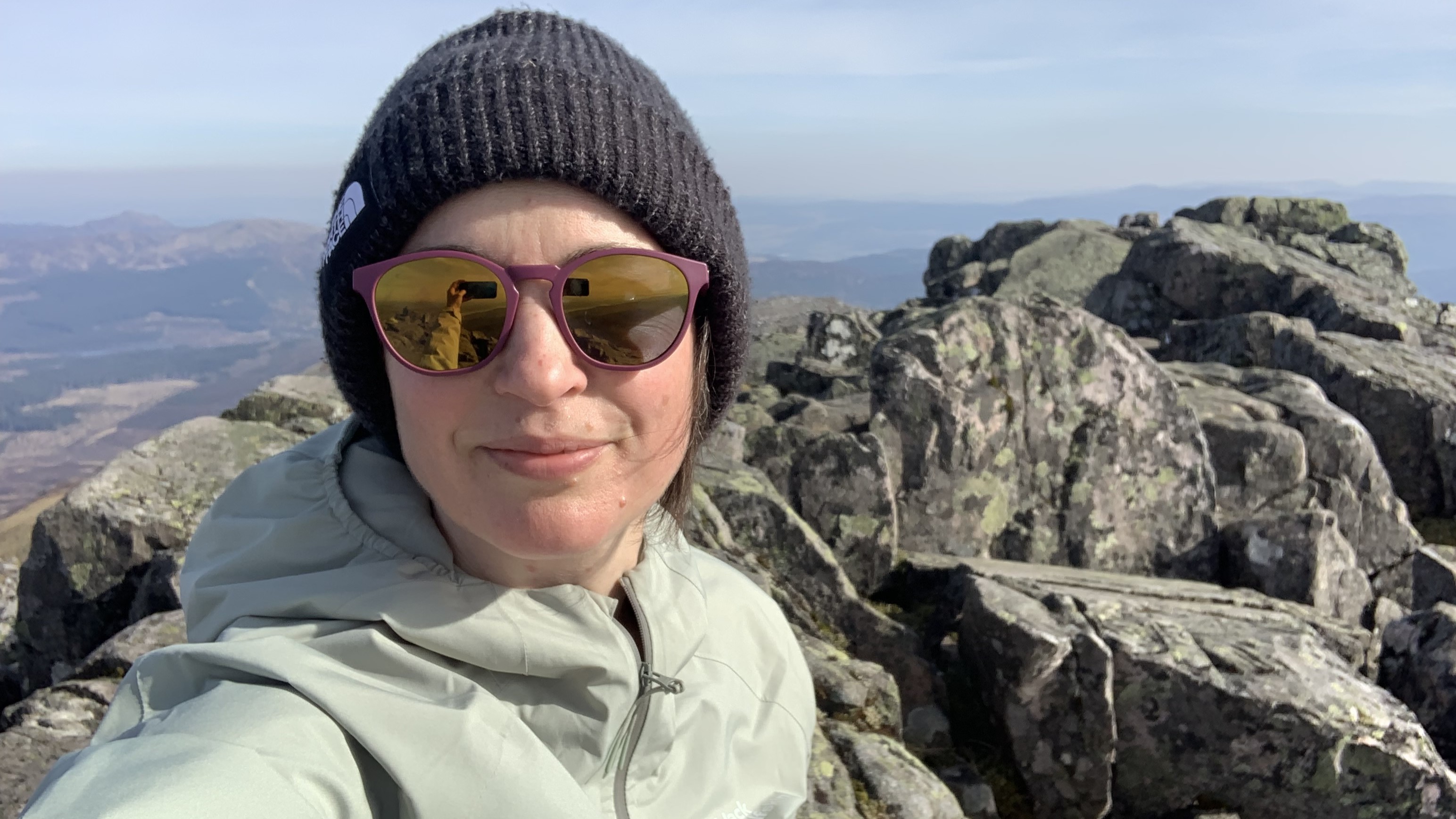
There’s an old mountaineering joke that says the Himalayas make great training ground for the Scottish Highlands, so it stands to reason that the opposite is true. Next week, I’ll get to put that theory to the test.
I’m joining a small group from the Welsh trekking company EverTrek for an 11-day trek along the classic route from Lukla to Everest Base Camp. The journey covers a distance of 80 miles round trip and climbs to more than 17,000ft above sea level.
I’ve previously trekked across Lapland, hiked the 96-mile West Highland Way, and run a 40k circuit in the Swiss Alps, but this is the longest hike I’ll ever have undertaken, and I’ve spent the past three months trying to make sure I’m in the best shape of my life. Here’s what I’ve been doing physically prepare for trekking to the base of the world’s highest mountain:
Walking on tired legs
I recalled something ultra runner Lucy Sholz told me when she was getting ready to do the Speed Project, a gruelling 300-mile race across the desert from LA to Las Vegas: “I’m just trying to get used to running on tired legs.”
In recent years, I’ve got into a pattern of following bigs days in the hills with rest days to recover. There’s plenty of research supporting this approach, and it keeps my general fitness up, but means my legs pretty much always feel fresh for a summit or long run. But on my Base Camp trek, there won't be much opportunity for recover.
I'm not running 300 miles in a competitive environment, but I want some advice on this, so I talk to mountaineer Tracee Metcalfe. She's the first American woman to climb all 14 of the world's 8,000m peaks, and she says getting used to being tired and hiking anyway is the number one thing I need to focus on in my training.
"You should be prepared to do back-to-back days of hiking without proper recovery. The trek itself is amazing, and I am sure you will love it, but the hard part is you have to keep going day after day without a break or proper recovery."
So for the past couple of months, I’ve been reorganizing my training into consecutive long sessions whenever possible so that on day two, I can train myself to keep going when I'm fatigued. That might mean double-day backpacking escapades, doing two long hikes in the same area with a hotel stay in between, or even putting in a long trail run after work on a Friday, followed by a big hike on Saturday. The first time I did it, my legs felt a little heavy on day two, but I’m amazed at how quickly I’ve gotten used to walking on tired legs.

Pulling back on pace
You might think that when you’re training for a big effort, the goal is to learn how to go faster, but when I spoke people who’ve done the trek before me, everyone agreed that slow and steady is best.
Dave Carpenter, Director of Supplier Relations and Product Development at EverTrek, recalled a fellow who’d wanted to challenge himself by storming ahead, and very nearly didn’t make it as a result.
“The poor guy was really struggling on the last day,” he says.
Going slow doesn’t just help conserve energy, it’s important on a practical level too – the slower I go, the more time my body will have to adapt to altitude and the lower the likelihood I’ll struggle with altitude sickness.
Luckily, my training has coincided with a lot of GPS watch testing, and on every hike I’ve had my Coros Pace 3 on my left wrist and the watch du jour (the Garmin Fenix 8, Coros Pace Pro, Amazfit Active 2 or Suunto Race S) on my right wrist, which has made it easy to keep an eye on my pace and heart rate and remind myself to cool it.
With the exception of a recent experiment where I practically flew up Ben Nevis aided by an exoskeleton, my training hikes have mostly entailed multiple, languid hours to stroll a many-mile circuit, taking in lots of new Munros in a day. They’ve been thoughtful, challenging, and helped me get used to spending a lot more time than normal on the trail.

Racking up the miles
Instead of maintaining my fitness with daily short sessions and squeezing in longer hikes when I feel like I have time, I’ve started prioritizing big days in the hills. Walking isn’t the only way to get fit for hiking, but it’s a good start, and I’m generally a big believer in the idea that whatever you’re doing more of is what you’re getting good at.
That means doing mountain rounds where I tackle several peaks that are close together in one go, instead of just picking one peak, and choosing mountains with a long approach rather than those I can tick off in a morning. I’ve also switched from running on rolling trails to mountain running, where I hike the uphills, and make sure I’m out for two hours in the evening instead of one.
It’s taken a little more of my free time than usual, but without quitting my job, somehow I’ve managed to rack up nearly 300 miles (500km) on the trails this year and I’m starting to feel cautiously optimistic that I can manage to stave off foot and leg fatigue for the first 4 to 5 hours of each day in Nepal.
This has also given me plenty of time to decide which hiking boots I’ll be wearing – I’ve settled on the Lowa Renegade Evo GTX Mid for their awesome comfort, breathability and wide toe box – and thoroughly break them in.

Am I ready for Everest Base Camp?
I’ve got two weeks left and I plan on two more long hikes this week, then I’ll make like a marathon runner and start tapering. Altitude, Delhi belly, blizzards and sprained ankles could fell me without warning, but one thing’s for sure – if I don’t make it to Base Camp, it won’t be because I’m not fit enough.







